Oneirogenic Herbs for Dreamwork
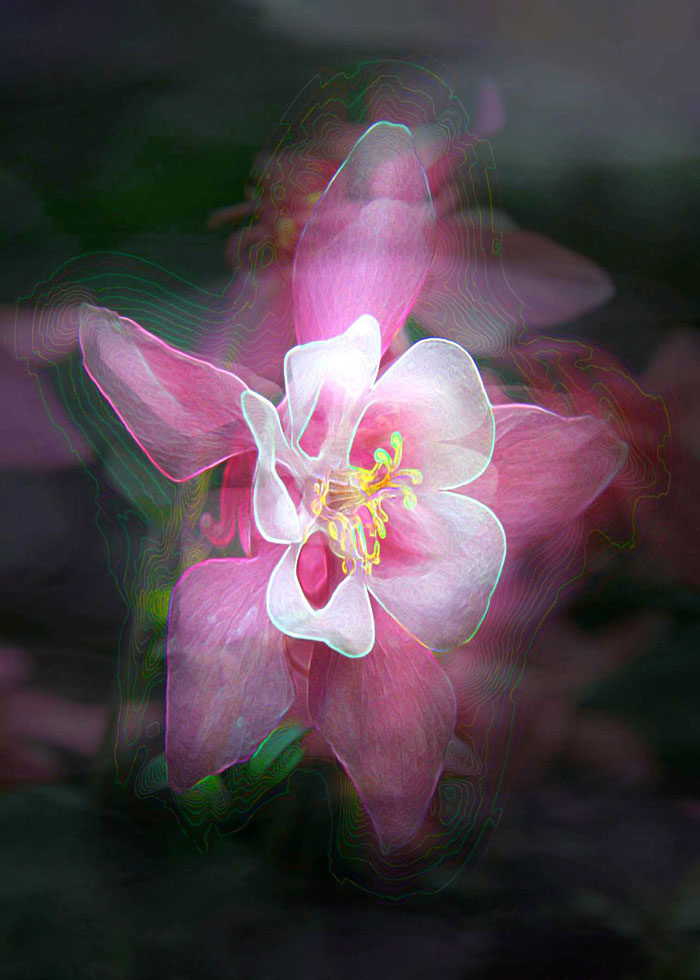
Don’t you find it strange that we drift into a lucid coma for approximately eight hours a night, slip through the veil of reality, experience inexplicably complex hallucinations, and then suffer some degree of amnesia upon waking up? We’ve been told dreams are random and our brains’ way of making sense of activity that goes on while we sleep. But what if the “nonsense” in our dreams is pointing to something meaningful? What if dreams are the language of the soul?
From ancient times, dreams were seen as the visual expression of the soul and the means through which otherwordly beings communicated with humans. Some cultures believe dreams are like oracles, bringing messages from the “gods.” Others believe dreams are a means of seeing into other worlds or that the contents convey meaningful messages or prophecies.
Affiliate Disclaimer
This website is supported by its audience and contains affiliate links. An affiliate link means I may earn advertising or referral fees at no extra cost to you if you make a purchase through these links. (read more)
Oneirogens + Dreamwork
For centuries, humans across cultures have looked to oneirogenic plants to access the dream realm. Oneirogens are naturally occurring substances that induce and enhance states of dreaming. Traditional cultures work with oneirogenic plants to practice oneiromancy (interpretation of dreams) to seek cures, wisdom, and visionary experiences. Their dream-inducing effects make them a great tool for dreamwork.
Dreamwork is one of the most illuminating inner work practices out there. It is believed by healers dreams serve two main functions. One, to help us work through our issues or karma. Two, to help us fulfill our destiny, purpose, or dharma.
Oneirogen
origin :: Greek
oneiros to dream
gen to create
Quick tips on practicing dreamwork:
• Before falling asleep, set the intention that you will remember your dream(s) in the morning.
• Request guidance. If there is a particular life situation that is troubling you ask your inner wisdom for insight. Meditate on your question(s) prior to falling asleep.
• Keep a detailed dream journal. Log your dream(s) first thing in the morning when your mind is fresh.
I am not a medical professional. Rewild + Grow was created for informational and historical purposes only. Statements have not been evaluated by the FDA and are not intended to diagnose, treat, cure, or prevent any disease. Consult your healthcare provider if you have any concerns, particularly if you have any serious medical conditions, are pregnant, breastfeeding, or taking prescriptions.
Mugwort
Artemisia Vulgaris
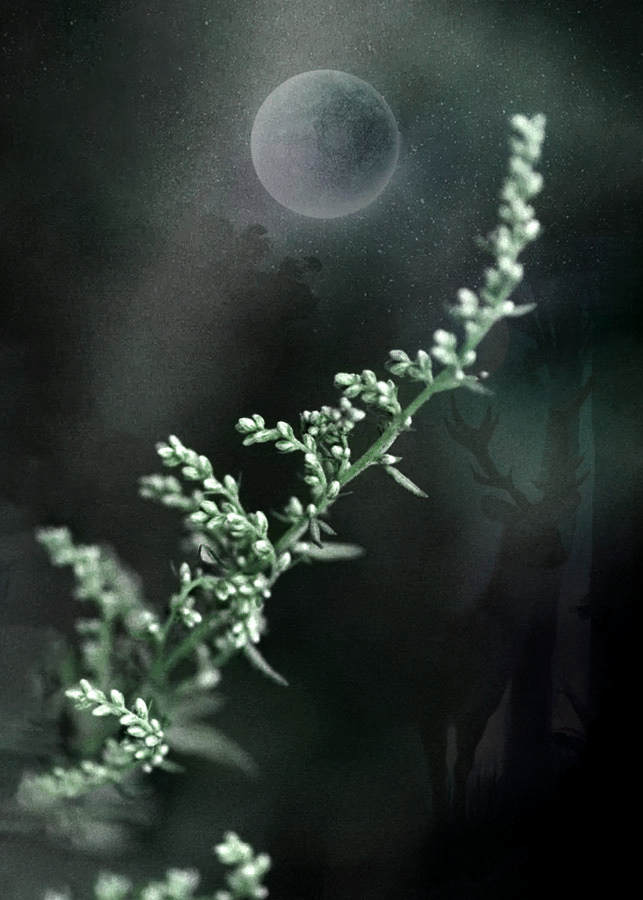
Mugwort is said to be a powerful medicine of the divine feminine and has a strong affinity with the moon. When Mugwort is taken shortly before bed people have reported improved dream recall, enhanced dream creativity, and even lucid dreaming. In Korean tradition, mugwort hot baths or mugwort steams are taken late at night to promote vivid dreaming.
Mugwort is believed to initiate clarity of the dream experience and bring awareness to the dream’s purpose in waking life. It is also known as a visionary herb that opens one up to prophetic dreaming.
Mugwort Herb
Dream Catcher Botanicals – dried herbs
Boreal Medicine – tincture
RELATED POST: Mugwort the Dream and Protection Herb of Artemis
Aztec
Dreamgrass
Calea Zacatechichi
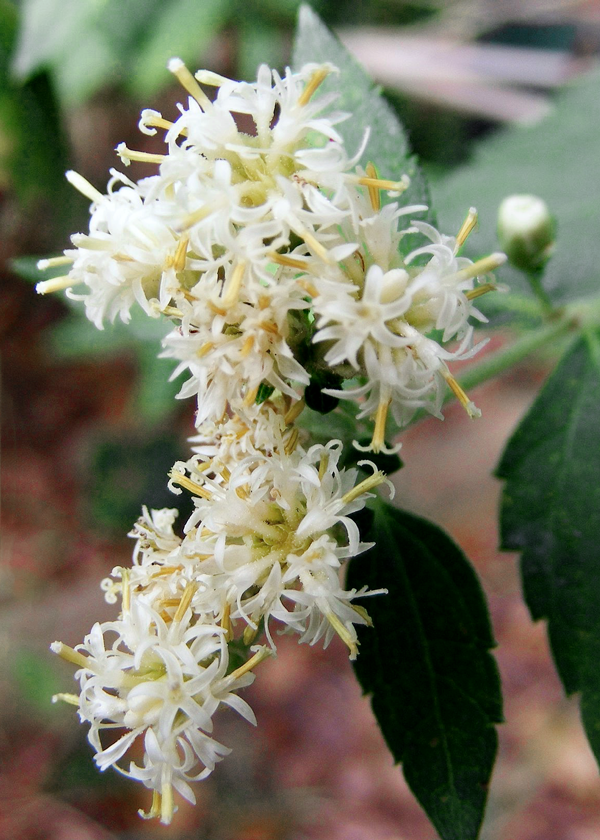
Photo by Alan Franck
To this day, the Chontal Natives of Oaxaca, Mexico use Mexican Dream Herb also known as Aztec Dreamgrass to heal and connect to the divine. Traditionally, it has been known to clarify the senses and help bring about clear prophetic dreams that are oftentimes positive guides to a better life.
A study revealed (see sources) that Mexican Dream Herb increased the number of overall dreams experienced, the ability to recall the dreams experienced, and the intensity of hypnagogic imagery experienced while falling asleep. Other effects included spontaneous lucid dreams and increased dream realism.
Note: Calea ternifolia and Calea zacatechichi are synonyms.
Mexican Dream Herb
Dream Catcher Botanicals – dried herbs
Tian Men Dong
Wild Asparagus Root
Asparagus Cochinchinensis
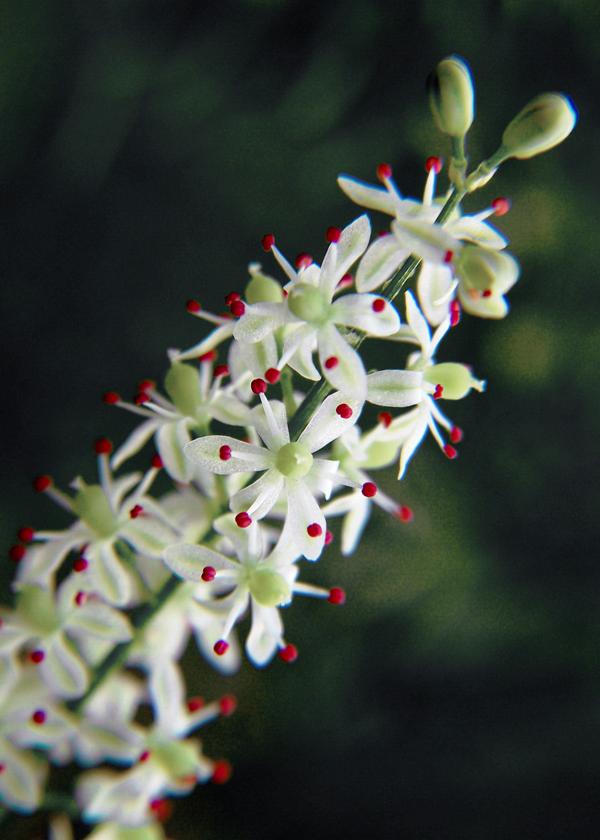
Tian Men Dong is cherished by Chinese Taoist monks for its heart-opening effects and ability to stimulate “flying dreams.” It is nicknamed “The Flying Herb” because Taoists claim it helps one fly through the universe at night. The flying symbolizes the freedom that can be experienced when one has attained harmony.
Although it has pretty flowers, either dried or fresh (more potent) root is brewed into a tea for its dreaming effects (do not eat raw).
Please Note: Tian Men Dong is not Shatavari (similar in species and often confused). Shatavari is used in Ayurvedic practices as a herb for women’s health.
Tian Men Dong Herb
Dream Catcher Botanicals – dried herb
Bobinsana
Calliandra Angustifolia
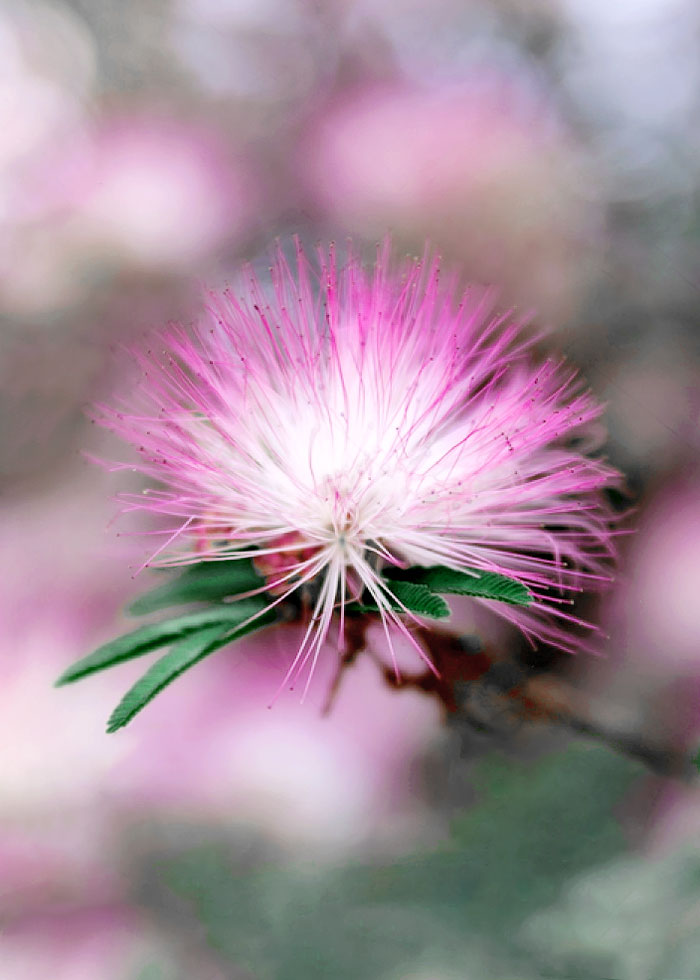
Bobinsana is a powerful heart medicine that grows along the slow-moving rivers of the Amazon basin. For many generations, South and Central American people have used this potent yet gentle plant to open their hearts up to greater self-love and love for others.
The plant speaks to us through our dreams. It can induce colorful vivid dreams, lucid or prophetic dreaming, and increase dream recall. The medicine works deeply in the dream realms to bring healing, insights, and realizations about one’s life.
Bobinsana Herb
Dream Catcher Botanicals – tincture
Dream Catcher Botanicals – bark
La Shamana Faby – tincture
RELATED POST: Open Your Heart with Bobinsana
Xhosa African
Dream Root
Silene Capensis
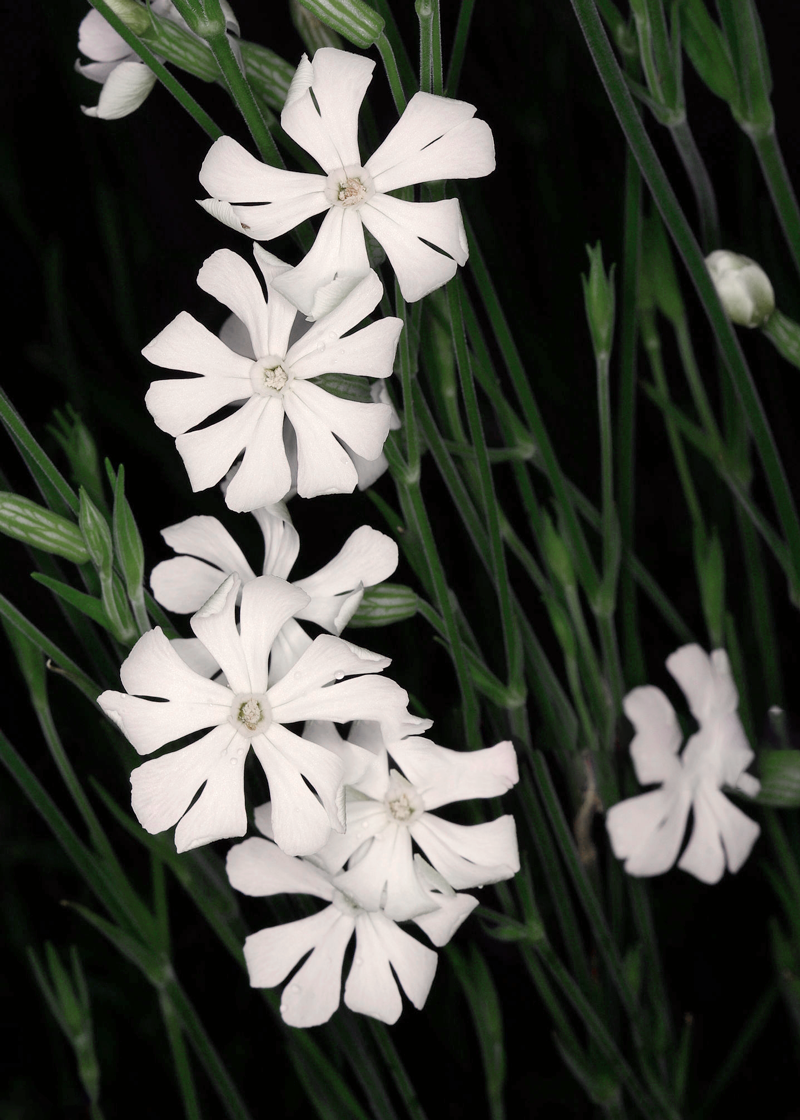
African Dream Root is respected for its intense dream-inducing effects and enhanced quality of sleep. The Xhosa shaman of the South African river valleys have been using this plant medicine for centuries.
Traditional practices whisk the root until it creates a foam that is then consumed for its effects. Shamans say that if you want a certain question answered, with the help of African Dream Root, the answer will come to you in your dreams from the wisdom of your ancestors.
African Dream Root Tinctures & Teas
Dream Catcher Botanicals – tincture
Dream Catcher Botanicals – dried root
African
Dream Bean
Entada Rheedii
Photo by Dream Catcher Botanicals
The African Dream Bean is traditionally used as a good luck charm and to induce lucid dreams for communication with the spirit world. It improves sleeping states by increasing depth, length, and awareness.
The inner meat of the bean is removed from the hard outer shell and the meat is chopped and dry roasted (never consumed raw) before being used in tea.
African Dream Beans
Dream Catcher Botanicals – whole beans
Blue Lotus
Nymphaea Caerulea
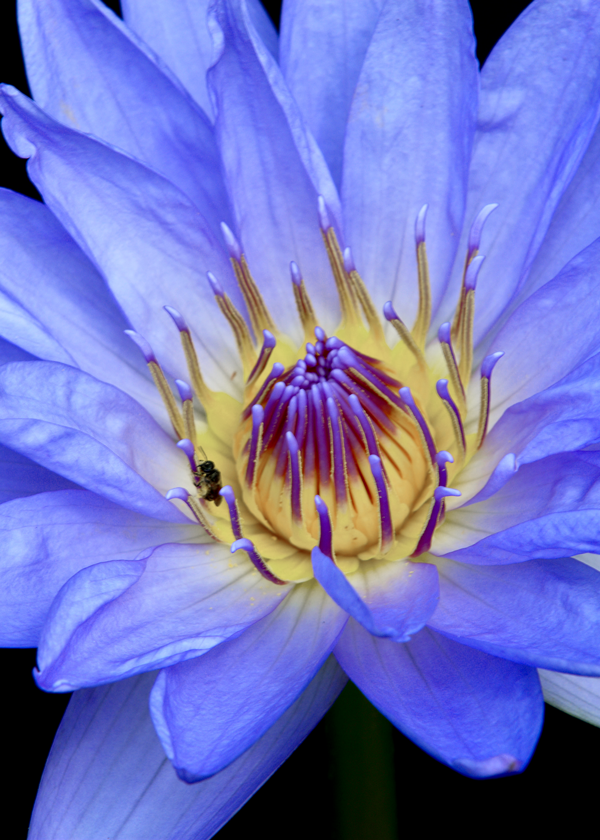
The Egyptian dream flower, or Blue Lotus, helps expand the mind. The plant is a very effective sedative known for its relaxation and aphrodisiac properties. The absolute oil of this plant is so potent that just massaging it into the skin can instantly absorb the alkaloids inducing its effects.
For millennia, Blue Lotus has been used as a sleep and dream aid not just by Egyptians but also other cultures across the world including the Mayans. The flower is said to help one achieve more vivid and lucid dreams as well as have a more deep and restful sleep.
Please note: Blue lotus’ legal status varies based on country/state.
Blue Lotus Herb
Dream Catcher Botanicals – tea blend
Anima Mundi – flower loose leaf tea
Hyper Boreal – flower loose leaf tea
Dream Catcher Botanicals – lotus x4 tincture
The Holistica Shop – tincture
Vervain
Verbena Officinalis
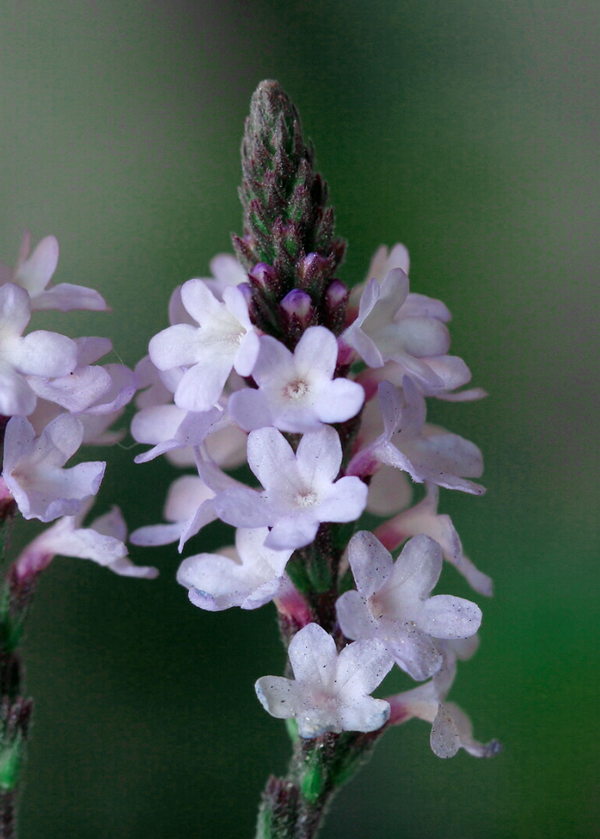
Vervain is an intensely bitter herb said to have a balancing effect on the nervous system, moods, hormones, and the digestive systems. It is commonly used to treat headaches and insomnia.
In the eyes of the Druids, Vervain is one of the most sacred herbs that has long been used to increase awareness, both while awake and during sleep. It’s a powerful sleep-enhancing herb that can produce vivid and lucid dreams. Some esoteric beliefs claim it has defensive powers that can ward off bad dreams.
Vervain Herb
October Fields – tincture
Four Acre Wood Apothecary – tincture
Grassroots Herb Supply – dried herb
Maidenhair Tree
Ginkgo Biloba
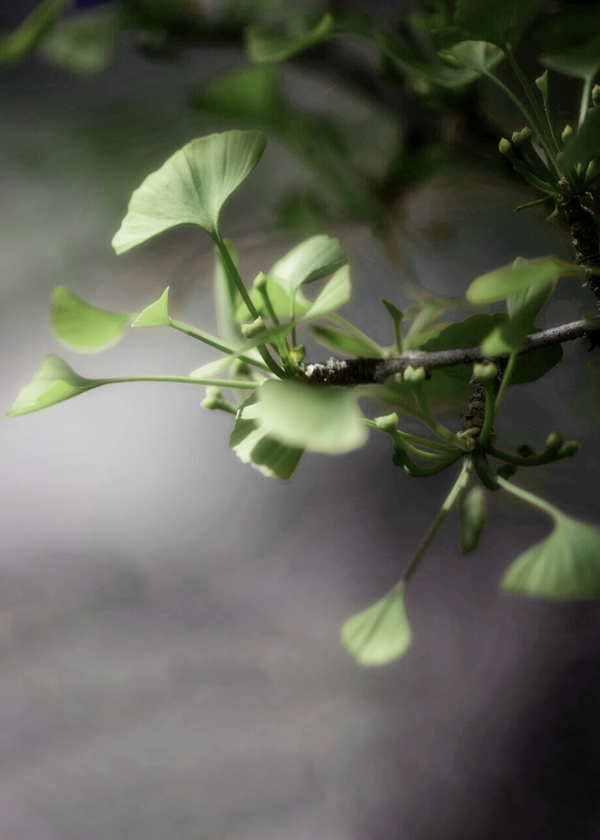
The tree that outlived the dinosaurs. Ginkgo trees are the oldest gymnosperms leftover from the Quaternary Glacial Period and are often referred to as “living fossils” in the plant kingdom. In the 11th century, Chinese Buddhist monks who regarded the tree as sacred began cultivating it.
Generally, Ginko is used to support memory growth and increase brain function. It promotes lucid dreaming by improving blood flow and nutrients to the brain, which in turn improves memory, brain speed, and critical thinking. This results in more vivid dreams and increased dream recall.
Gingko Biloba Herb
Grassroots Herb Supply – dried leaves
October Fields – tincture
Earth Wise Organics – tincture
Creating a relationship with a plant’s vital energy ensures a symbiotic partnership that can offer a spiritual connection. Plants can be powerful medicinal allies when used responsibly, however, it is important to realize they are a tool and not a cure-all. Healing can require multiple courses of action, which takes time, effort, and a new way of thinking and behaving.
Blended Teas
Aryanyani Botanicals – Dreamwork Tea
(Blue lotus, White lotus, Lily, Mexican dream herb, Roman chamomile, Mugwort, Wormwood, Melissa)
Woodland Herbal – Purple Haze Organic Tea
(Kenyan Purple Tea, Butterfly Pea Flower, Blue Lotus Flower, French Lavender, Violet Flower, California Poppy, Mugwort, Mexican Dream Herb, Sun Opener, Valerian Root, Blueberry, Violet Leaf, love)
Dream Catcher Botanicals – DreamScape Tea
(Blue Lotus, Galangal, Immortelle Flowers, Linden Flowers, Mugwort)
Blended Tinctures
Healing Mother Herbals – “Sacred Sleep” Tincture
(local raw honey, 80 proof vodka, fresh passion flower, chamomile, and valerian)
Woodland Herbal – Celestial Dreams Tincture
(blue lotus flower, mexican dream herb, calea zacatechichi, mugwort, rose petal, german chamomile, valerian root, ashwagandha root, damiana, ginkgo, california poppy, vegetable glycerin)
Dream Catcher Botanicals – Dream Drops Tincture
(African Dream Root, Guayusa Leaf , Mugwort Leaf, Organic Orange Extract, 40% Organic Cane Alcohol, Certified Organic Glycerine and Mountain Spring Water)
Sweet Dreams!
SOURCES
• A review of plants used in divination in southern Africa and their psychoactive effects by J. F. Sobiecki
• Blue Nile Flower Rituals from the Perspective of Transpersonal Psychology – The Role of Nuciferine and its Putative Value as an Antipsychotic Drug by Jan M Keppel Hesselink
• Calea ternifolia Kunth, the Mexican dream herb, a concise review by Rachel Mata, Aldo J. Contreras-Rosales, José-Alberto Gutierrez-Gónzalez, Jose Luis Villaseñor, Araceli Pérez-Vásquez
• Mugwort a Weed with Potential by Rebecca Morris
• Duke’s Handbook of Medicinal Plants of Latin America by James A. Duke
• Rain-Tree Publishers Tropical Plant Database
• Original cover photo by Minniemouseaunt via Creative Commons, edited by R+G creator.
exit the matrix.

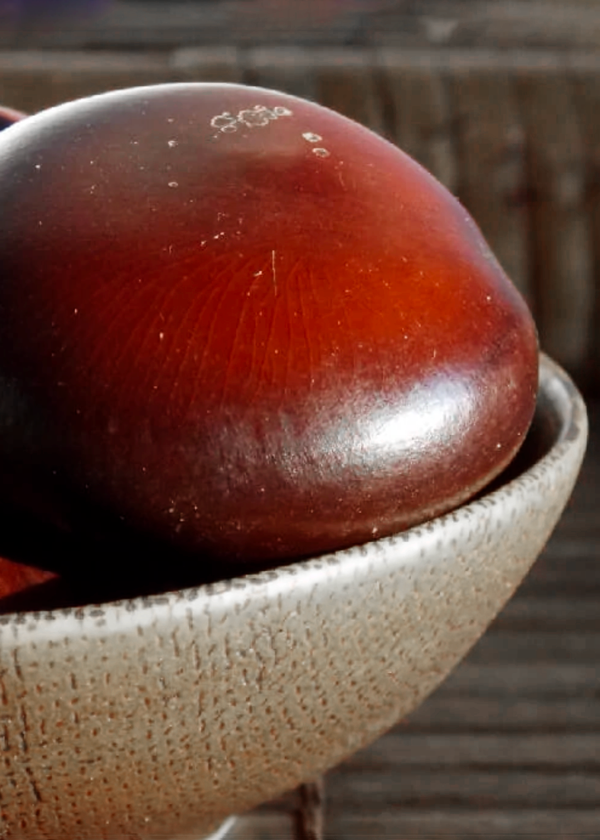
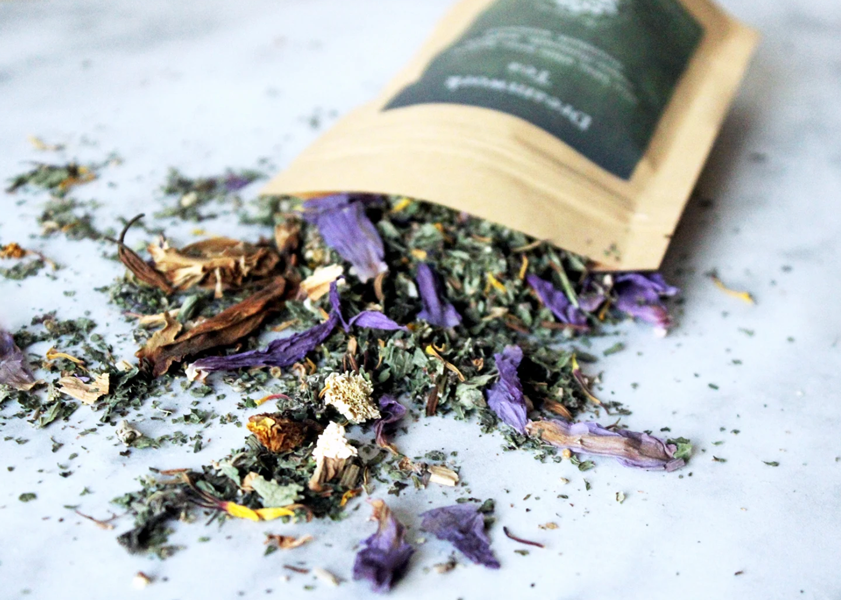
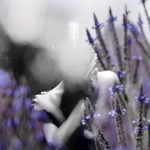
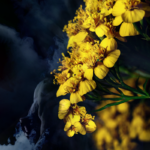
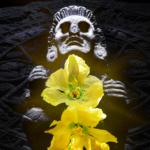
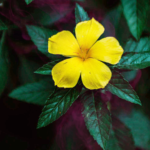
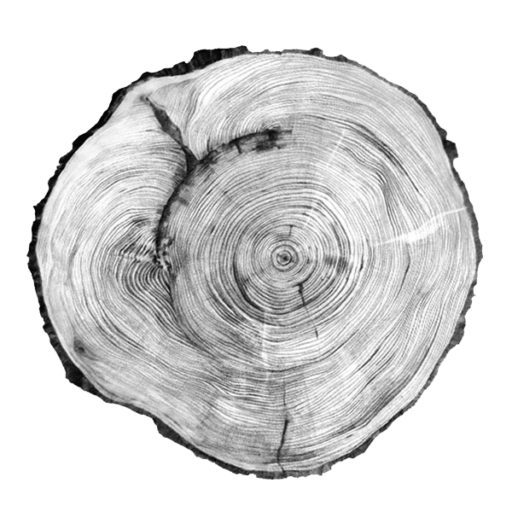
0 Comments